A Discovery That Rewrites the Past
In the heart of New Mexico’s White Sands National Park, where ancient footprints whisper stories of humanity’s first steps across the Americas, archaeologists have uncovered a discovery that challenges everything we thought we knew about early human ingenuity. Hidden among the fossilized prints of men, women, and children lie mysterious drag marks — faint, deliberate trails etched into the earth over 22,000 years ago. What these marks reveal is astonishing: evidence of the earliest known transport technology in human history — a primitive travois, used thousands of years before the invention of the wheel.
In May 2023, a team led by Professor Matthew Bennett of Bournemouth University made an unexpected breakthrough while excavating at the now-famous White Sands site. Previously celebrated for its 23,000-year-old human footprints — the oldest direct evidence of human presence in the Americas — the area has once again redefined history.
As researchers examined a section of the site, they noticed long, smooth drag marks extending as far as 50 meters (165 feet). At first, they seemed like the natural scars of wind or water. But as the team looked closer, patterns emerged — consistent, purposeful, rhythmic. These weren’t random scratches in ancient mud; they were tracks left by something being pulled.
What they uncovered was a revelation: these marks matched the shape and structure of a travois — a simple, sled-like frame made of two long poles lashed together, used to drag heavy objects across land.
The Oldest Travois in Human History

For centuries, historians associated the travois with Indigenous peoples of North America, particularly those of the Great Plains, who used dogs and later horses to pull their loads. But this find pushes the origin of such technology back by at least 10,000 years — long before domesticated animals were part of daily life.
These prehistoric families, it seems, had already figured out how to ease their burdens. They likely pulled the travois themselves, dragging tools, food, or even children across the vast, shifting landscapes of Ice Age America.
“The simplicity and brilliance of the design tell us one thing,” said Professor Bennett. “Humans have always been problem solvers. This wasn’t an accident — it was engineering born from necessity.”
A Glimpse Into Ancient Life

Near the drag marks, researchers discovered footprints of adults and children, perfectly preserved in the gypsum soil. The prints told a story — a family, perhaps a small community, journeying together. Adults led the way, their strides deliberate, while smaller footprints followed, sometimes stepping into the larger ones as if mimicking their elders.
The travois tracks ran alongside them — a ghostly signature of movement and purpose. It painted a deeply human picture: parents carrying supplies, children walking beside them, a shared journey through a harsh but promising landscape.
This scene, frozen in time, offers one of the most intimate glimpses yet into how early North Americans lived, moved, and survived.
Proving the Impossible

Skeptics initially questioned whether the marks could truly be from a transport device. To test their theory, Bennett’s team turned to experimental archaeology. They built replicas of ancient travois frames using primitive materials — wood, leather, and plant fiber — and dragged them across wet mudflats in the U.K. and coastal sites in Maine.
The results were striking: the replicated drag marks matched the White Sands traces almost exactly — in width, depth, and pattern. Microscopic analysis even revealed identical striation marks caused by friction between wood and sediment.
“The replication experiments gave us chills,” Bennett explained. “We weren’t just proving an idea; we were witnessing the exact motion our ancestors made 22,000 years ago.”
Rethinking the Timeline of Human Migration

The implications reach far beyond technology. The White Sands site already upended traditional timelines by proving that humans lived in North America thousands of years earlier than once believed. Now, with the travois evidence, it also suggests they weren’t merely surviving — they were innovating.
If early settlers developed transport systems this advanced, it points to complex social organization, trade, and long-distance travel far earlier than scholars imagined. It challenges the long-held belief that human migration into the Americas began around 15,000 years ago via the Bering Land Bridge. Instead, it paints a picture of communities who may have thrived on these lands much earlier — capable, creative, and deeply connected.
Echoes of Ingenuity

What makes this discovery so powerful isn’t just its age, but what it reveals about human nature. The travois represents one of the first sparks of technological thinking — a moment when humans decided they didn’t have to carry their burdens alone.
This innovation predates the wheel by nearly 10,000 years, proving that transportation — even in its simplest form — has always been central to human survival and progress.
A Legacy Written in Dust
The White Sands tracks are fragile, yet timeless. Each line carved into the ancient soil carries the story of endurance, family, and invention. Together, they form a prehistoric portrait of humanity not as primitive wanderers, but as ingenious pioneers.
As scientists continue to study the site, they hope to uncover more about the people who left these traces — their tools, their routes, and their legacy. But one truth already stands clear: long before the first roads or chariots, before bronze or iron, humans were engineers of their own destiny.
In the silent desert of White Sands, the past speaks not in words but in footsteps and drag marks — the first tracks of technology, made by those who dared to move the world forward.
Sources:
- Nature – “Ancient Human Footprints and the Travois Discovery at White Sands”
- Smithsonian Magazine – “The Earliest Transport Device in North America”
- National Geographic – “White Sands Footprints Rewrite Human History”
- BBC Earth – “How Prehistoric Humans Engineered Their Survival”
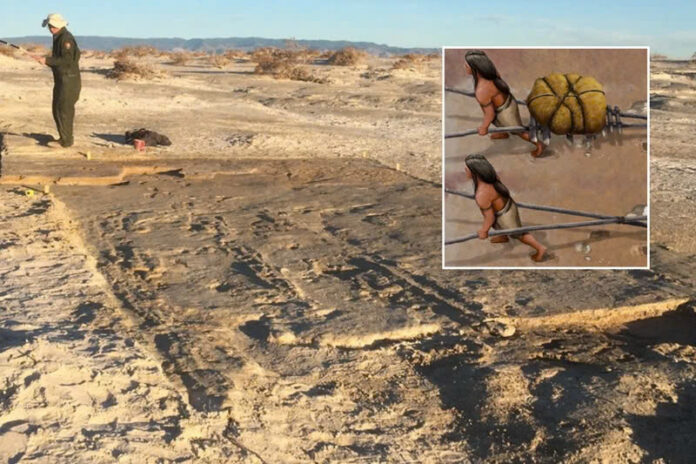
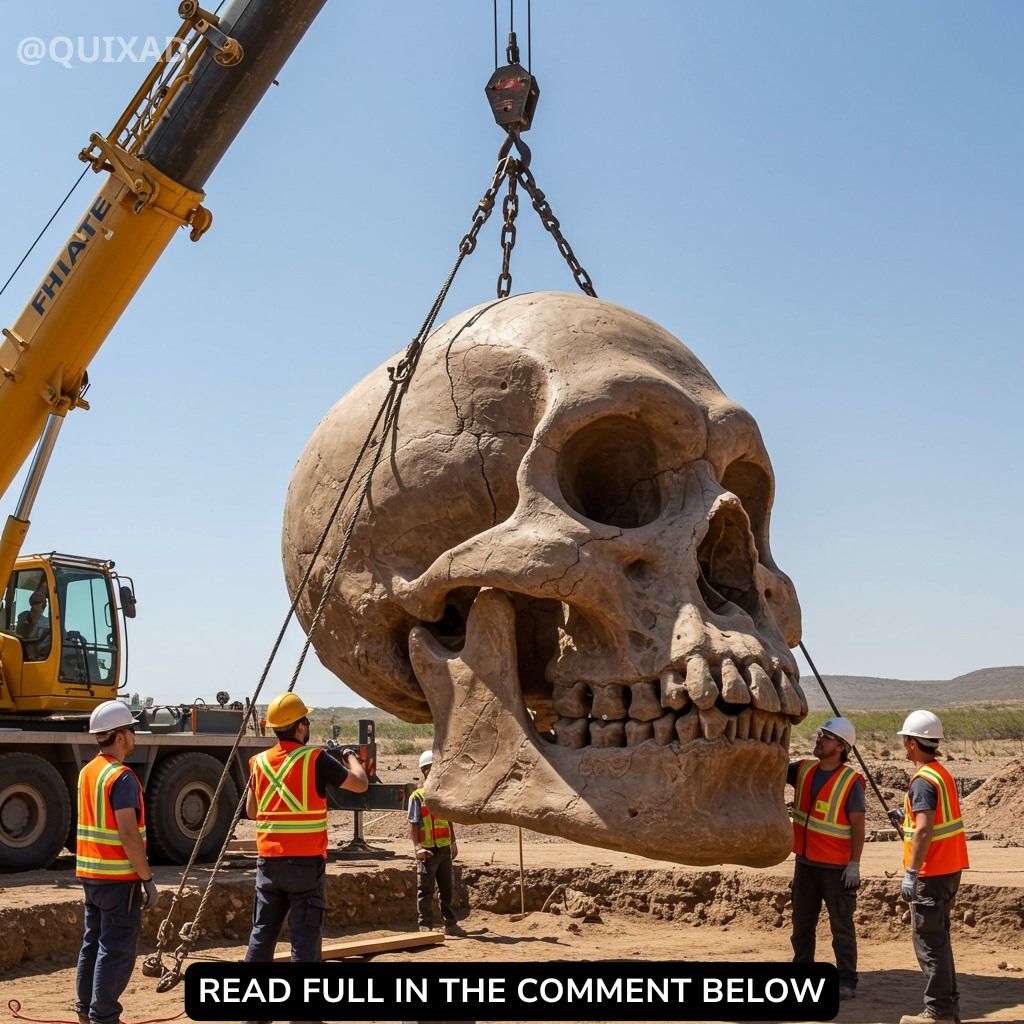

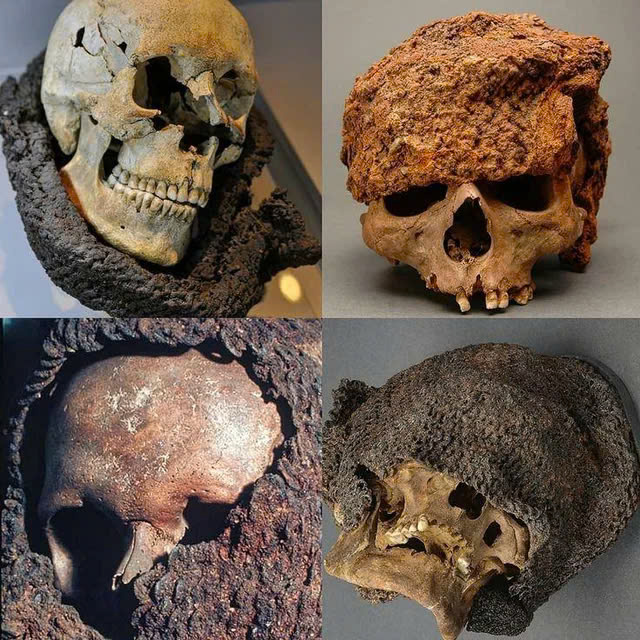

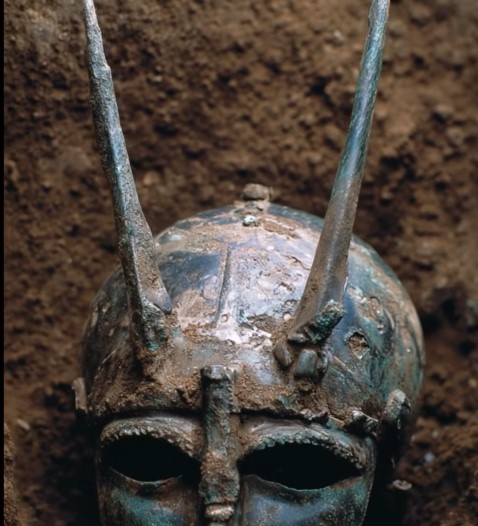

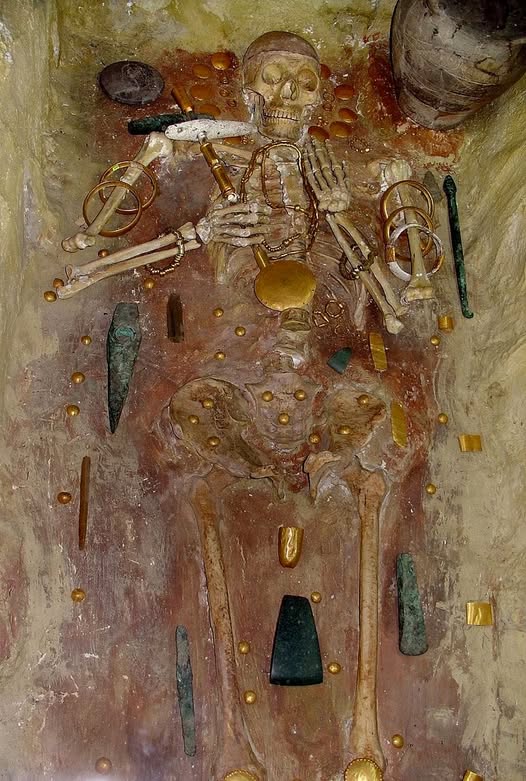

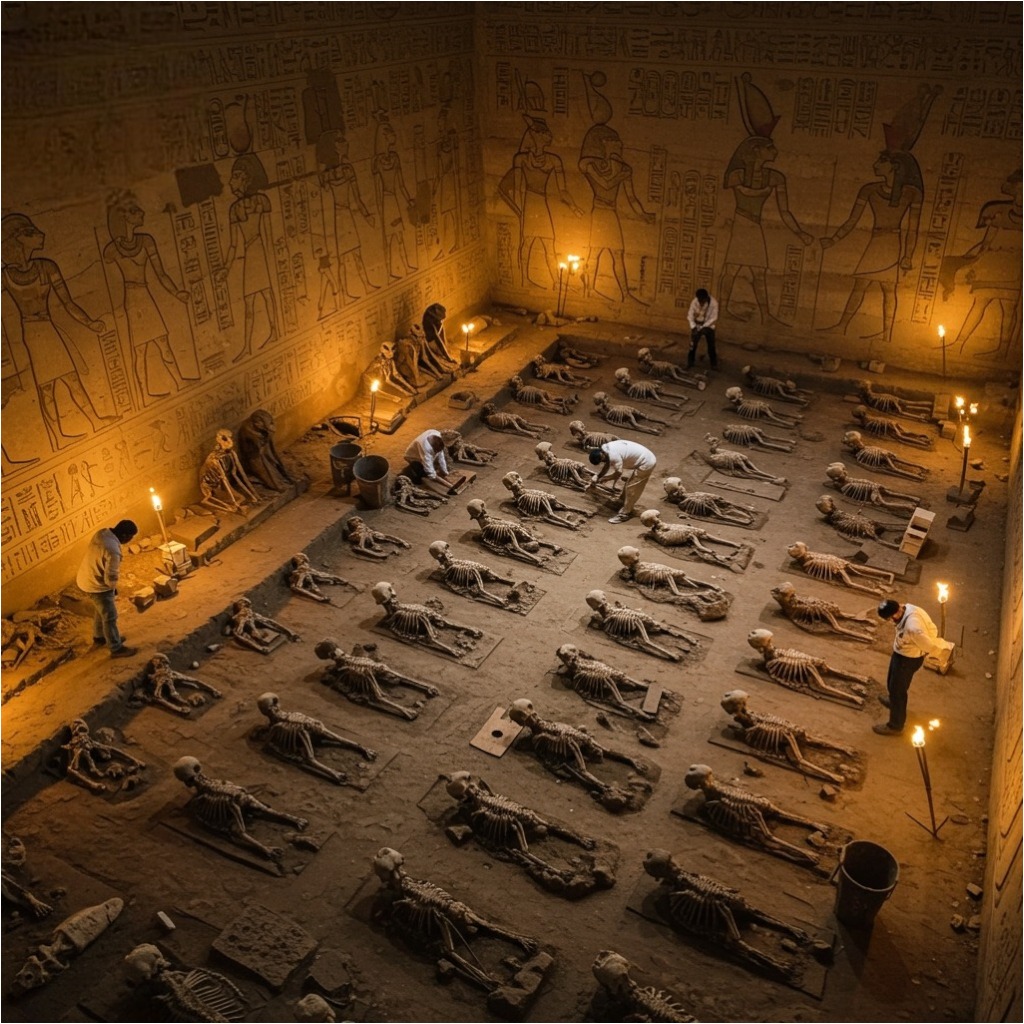

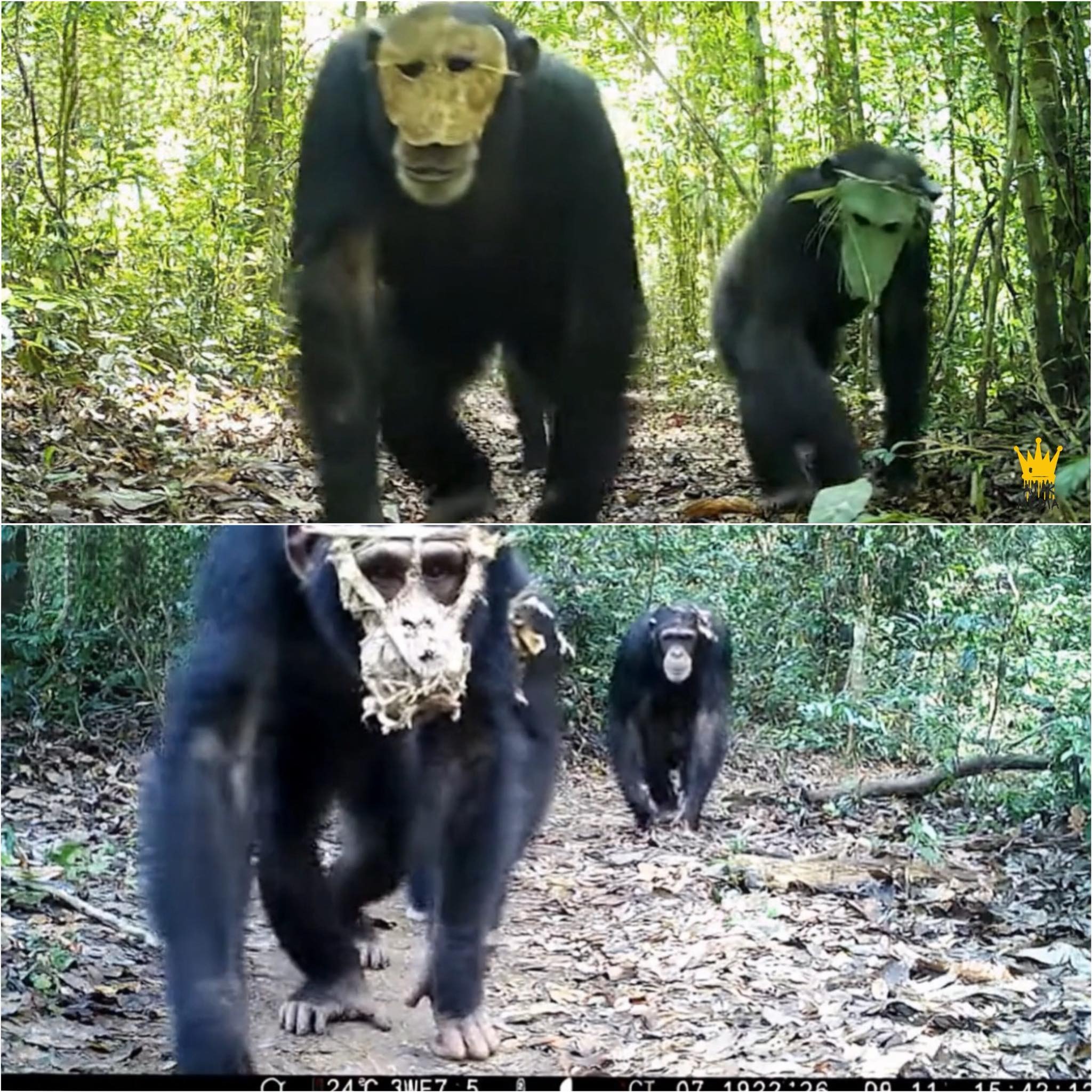
Leave a Reply